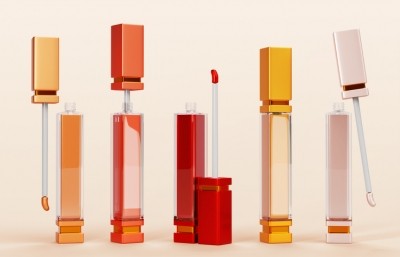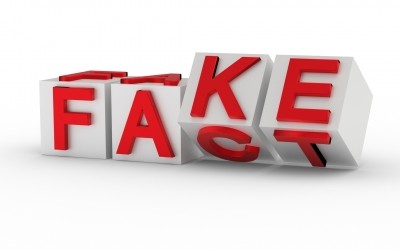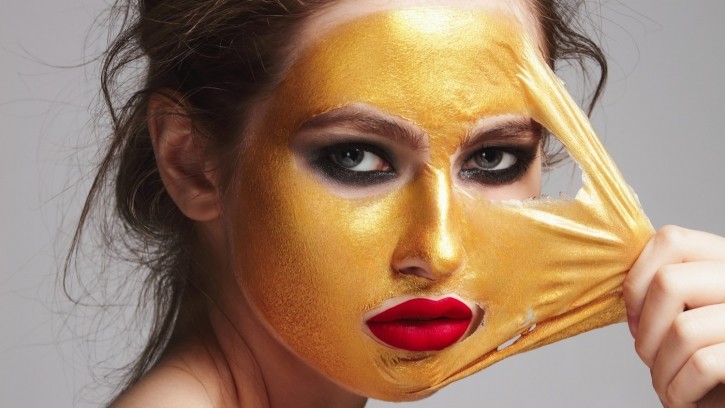Contents
Image: Getty What can beauty brands and shoppers do to protect themselves in a climate where even some well-known chain stores are being impacted by counterfeit or ‘diverted’ beauty products?
In part one of our special about the state of counterfeit cosmetics, we spoke to security experts who revealed that the global problem with counterfeit beauty products stretches way beyond breach of copyright and financial losses for beauty and personal care brands…
In fact, this murky underworld of creating and selling fake cosmetics has even attracted the attention of illegal drug dealers and cartels, who see it as an equally lucrative way to make money without such long-term prison sentences if caught.
Profits made from intellectual property theft are sometimes used to fund other organised crime such as drug and arms smuggling, people trafficking, identity theft and money-laundering.
Interpol has even stated that there is evidence of profits from counterfeit products funding terrorist activity. A concern that is backed up by Stephan Von Schilcher, who is global strategic account manager at brand protection and security company Systech. He explained that the Madrid train bombings in 2004 was just one example of the terrorism activities that are funded by the sales of counterfeit cosmetics.

Fake cosmetics pose huge health and safety risks
The products themselves also pose potential health and safety issues.
They haven’t been formulated or tested in the usual circumstances to meet national or regional regulatory requirements, so haven’t been subjected to the same strict health and safety controls.
Many are being manufactured in unsanitary circumstances. For example, the UK government’s Intellectual Property Office detailed stories of seizing counterfeit beauty and hygiene products that contained carcinogenic (cancer-causing) ingredients such as beryllium oxide, as well as toxic heavy metals such as arsenic, lead and mercury, which can all have detrimental effects on the user’s health. Other samples were found to contain rodent urine and equine faeces.
How do you avoid buying fake beauty products?
So how can brands and shoppers fight back against the counterfeit beauty product issue?
For brands, consumer education and awareness-raising is key. They need to ensure their potential customers are educated about identifying counterfeit products, and this includes sharing tips on how to recognise legitimate packaging, seals, and logos, as well as being aware of prices that seem ‘too good to be true.’
The EU cosmetics industry trade body Cosmetics Europe previously shared its expertise on how to identify a fake beauty or hygiene product “One or more of the following traits can help identify them,” it stated. These include:
- An unusually low price
- An unusual place of sale eg market or train station
- Low-quality packaging eg spelling mistakes
- Differences in product and/or packaging eg colour, shape and font size
- Missing information e.g. batch number, PAO symbol etc.
The European trade association also noted that “consumers themselves also have an important role to play by avoiding counterfeit cosmetics by buying only from reliable merchants, such as reputable sales points or official websites, and by looking out for traits such as those listed above and reporting any suspicious activity.”
“All genuine cosmetic products purchased in the EU will carry the name of the responsible company with an EU contact address, and sometimes a customer care line number to call on the pack,” it continued. And also advised that if shoppers suspected goods may be counterfeit then they “should be encouraged to contact the brand owner or their national customs authorities.”

Packaging and technology are powerful allies
New technology can be a useful ally in the fight against counterfeit beauty products. For example, more brands are implementing advanced technologies such as QR codes, holograms, and blockchain to verify product authenticity.
This way, consumers can scan codes to confirm they are purchasing genuine products, and this also adds an element of ‘traceability’ to meet the ever-mounting sustainability requirements being put upon cosmetics brands too, as it will track the entire supply chain.
“Brands can fight back against counterfeiters with the power of online brand protection,” explained Katerina Vlachos.
“With the cutting-edge combination of advanced AI technologies and expert human intelligence, companies can stay one step ahead of malign actors by promptly identifying and removing counterfeit listings before they can inflict damage.”
She continued: “Brands can even go further by harnessing network intelligence technology to root out the source of counterfeits and neutralise their distribution networks and supply chains.”
High street retailers are not immune to counterfeit beauty products
Shoppers can also be encouraged to purchase beauty products from official brand websites, authorised retailers, and reputable e-commerce platforms, as this reduces the risk of encountering counterfeit goods.
However, Von Schilcher revealed that even this isn’t always a guaranteed way to avoid counterfeit products. This is because some are now making their way into reputable retailers through a ‘weak link’ in the supply chain. This is more prevalent as business’ budgets are increasingly stretched due to the inflationary economy.
He noted that ‘diversion’ is a growing problem for beauty and personal care brands and that these two issues are inextricably linked. Diversion means that an authentic product is on sale somewhere, but hasn’t gone through the verified distribution channel, and so cannot be accounted for and cannot be relied upon, as often these products have passed their expiration dates. Which itself poses more potential health and safety issues.
“If you have a diversion issue or in any kind of industry for that matter, you start to work on that diversion issue and then a little bit down the road you are likely to find the counterfeiting issue too,” he stated.
“And you can find these issues in local drug stores. You know your local high street health and beauty chain, whatever.”
“We don’t know exactly how many counterfeit shops there are in the world because it’s all a bit of an underworld,” he continued. “It’s hard to find those things and even when you when you are in a shop that is legitimate, just still have to check because there is still a slight chance that it could be a counterfeit. Especially a shop that sells more than one product.”

“Buy directly from the brand”
Von Schilcher’s advice is to buy directly from the brand. “If you are in a Chanel store for example, you know that their supply chain is pretty tight,” he continued. “But if you’re dealing with a retailer than sells multiple products across multiple categories, or one that is a franchise, then you know that it is run by somebody else and they have to answer to a corporation. So, they’re probably trying to cut numbers too.”
“It only takes one bad person to create a bad reputation for everybody else,” he continued.
“I’ve been doing this job my entire life and it is scary because I’ve been caught out there several times myself and this is why companies need to start doing more to tackle this issue.”
“What I would say to beauty shoppers is to look at it twice and be careful. We all want to feel safe when we buy things, and it’s just become easier to buy counterfeits, especially online, unknowingly. It’s gotten really sketchy.”
For Von Schilcher, manufacturers can start issuing some kind of security tagging on their own products to help prevent copycats from creating counterfeits and then educate potential customers on how to verify the ‘real thing.’
Von Schilcher also has one final word for brands. “Don’t be embarrassed to admit if you do have a counterfeiting issue. Remember, if your product is made with integrity, you should protect it.”

